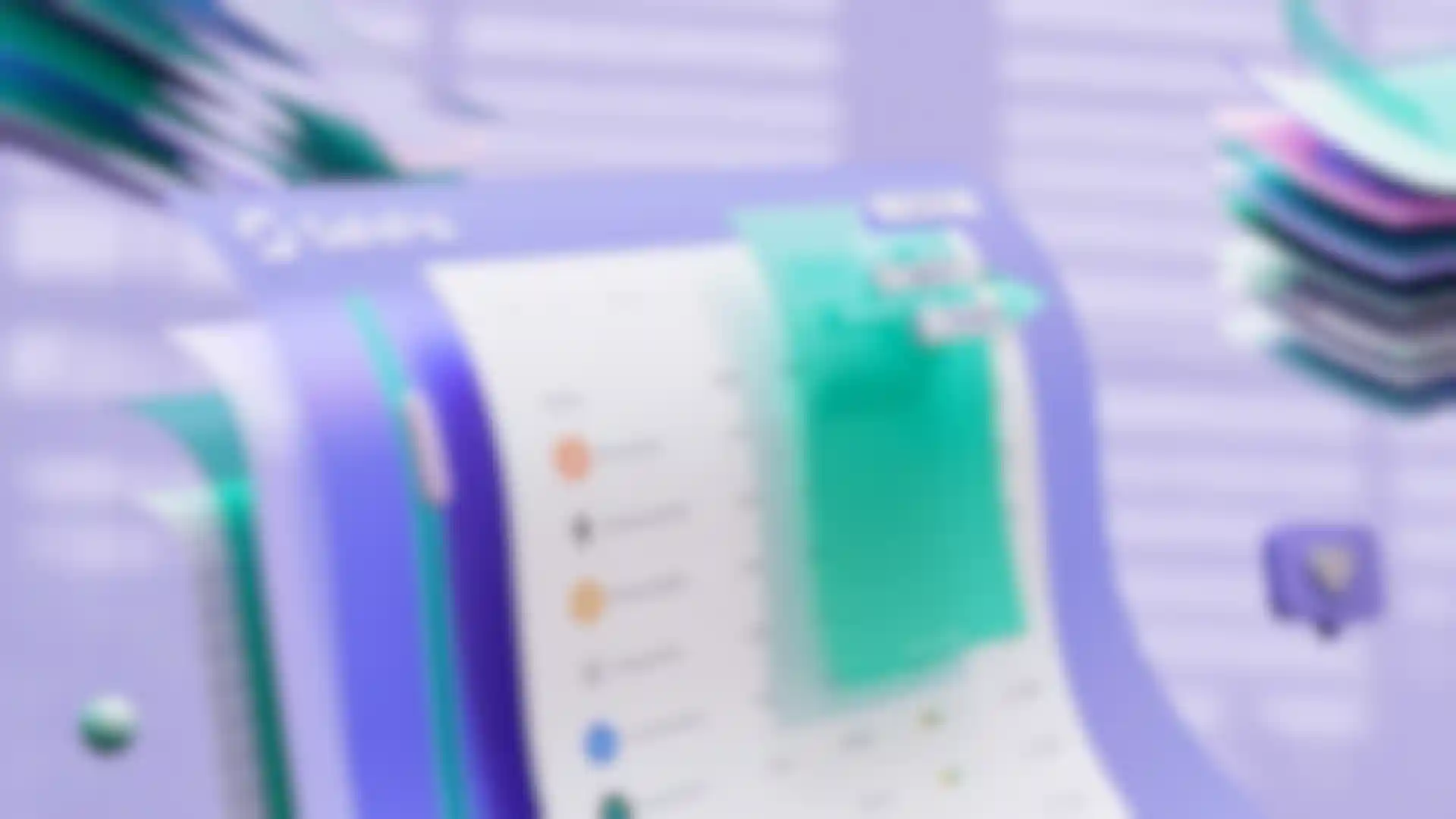
Balancing Realism and Abstraction with 3D Yambo Studio on the brand film they made for crypto asset management company, SafePal.
Yambo Studio has created impressive ad campaigns and music videos for a long list of clients. A few months back they were asked to make a short brand film for SafePal, a crypto asset management company looking for a way to highlight their expanding range of products.
We talked with Yambo Studio Founder and Creative Director, Yam Ben Adiva (aka Yambo) about how he and his team enjoyed total creative freedom while working on the film. He also explained how they used Cinema 4D to perfectly blend realism with surrealism and abstraction.
Tell us about yourself and your studio.
Yambo: I founded Yambo Studio back in 2014. My goal was to tap into the potential of my existing network of digital artists to form a global collective of creators. As a group, I knew we would have the versatility to tackle CG projects of almost any nature. It was quite a radical approach at the time and offered a level of flexibility that is difficult to match with a conventional studio setup.

How did this SafePal project happen?
Yambo: At the start of 2021, I founded a digital art platform called Dissrup, which really brought me into the crypto art space. We worked with many incredible digital artists to help them develop their online ecosystems, and that’s what led SafePal to reach out and ask us to help them extend their world into the 3D realm.
The brief offered a lot of creative freedom, and Veronica Wong, the founder and CEO, had a real vision for the project, We were able to work together closely to bring the film to life in the way she imagined.

What was your workflow like for this project?
Yambo: Recently, we have been using Cinema 4D and Redshift pretty much for our production work. It is a pipeline that all of the artists we work with know, and it is a powerful and efficient combination for productions that require fast iteration and flexible output.
The majority of the texture work throughout the film is procedural. A few texture maps were taken from existing materials for surface imperfections and roughness detailing that you’ll notice on a lot of the structural components and props.
When it came to the animation and simulation work, C4D’s Fields was the real workhorse for a lot of the dynamic elements. The spreading floral effect you see during the latter part of the film was achieved by distributing flora throughout the scenes. We used a Redshift matrix object combined with procedural noise and key-framed fields to art direct the rate and falloff of the spread.
Fields was also used to animate the subtle movement of the UI’s paper-like components, and we even managed to create the floating objects using only Cinema 4D’s Cloth.

How did you balance the styles of realism and abstraction?
Yambo: We always find the middle ground between realism and abstraction is where you’ll find the best results for projects of this nature. You don’t want the environment to come across as cartoonish, but hyperrealism can also take away from the overall feel of a film like this because too much detail can be distracting while making other aspects feel undercooked and visually inconsistent.
Often, the simplest way to get a good balance between realistic and exaggerated elements is to establish a minimum and maximum level of detail based on early key visual development. Then, we work to bring all the scenes within that range.


Blending realism with exaggeration creates little pops of “magic” that really allow us to express the creativity of a brand in ways that other media cannot. The surreal moments are much more impactful when contrasted against more grounded environments.
Do you use storyboards as part of your process? You haven’t mentioned that.
Yambo: We generally avoid storyboarding, in the conventional sense at least, as we find it to be quite limiting. We often begin by mapping out a collection of key visuals, style frames that will encapsulate the key aspects of the project or product. That becomes our foundation for the look and feel of the project. From there, we reverse engineer a story, building out scenes to help us move naturally between the key features that the project needs to highlight.
At that point we can fill any missing scenes with reference imagery so we can deliver a treatment very early in the process. After conferring with the client, we can focus on the areas that are working and get rid of the ones that aren’t. The process works pretty smoothly, but it all depends on the quality of feedback from the client, and it helps when they have clear ideas.

How would you say your work has evolved over the years?
Yambo: We approach every project as an opportunity to develop our visual repertoire, so we try to take on projects that offer room to innovate and experiment. Looking back over our more recent projects, it’s clear we have started to choose larger productions that allow us the breathing room to really craft a complete narrative.
We want our visual output and storytelling to mature as we continue to push ourselves. We recently embarked on a new website rebrand to go with our freshly renovated studio in Tel Aviv, so it feels like a new chapter for us and we are looking forward to seeing what happens next.